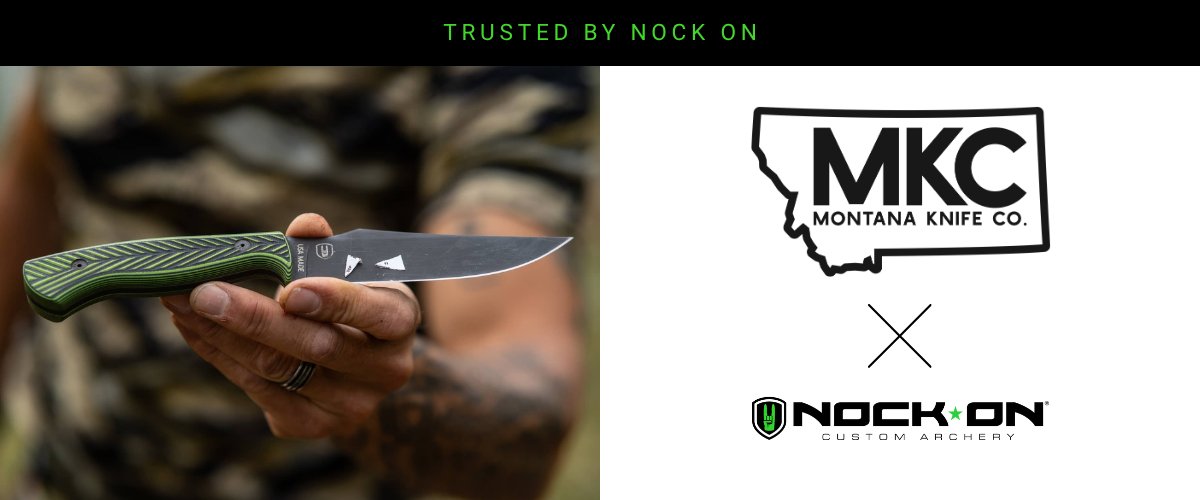Beans are popping, and I’m at the early stages of a complete strategic overhaul of my hunting property.
When I first acquired this property, the entire central portion was enrolled in a CRP program. For 15 years, it stood as a fortress of 5½-foot native grasses: thick, impenetrable cover that dominated the heart of the property. Meanwhile, food sources ringed the perimeter.
This layout created a predictable but problematic pattern: deer would bed in the central cover but feed on the edges or on neighboring properties.
I was constantly exposing myself trying to hunt the transitions. I’d ride my bike through towering grasses with cover on both sides, announcing my presence to bedded deer before even reaching my hunting location.
Even worse, I was forcing deer to travel to the property boundaries to feed, increasing the chances they’d wander off my land entirely.
It was time to flip the script.
Optimize your time this season with HuntWise! To get your Nock On Nation 25% discount visit: get.huntwise.com/nockon
Reversing the Traditional Layout
This season, I’ve inverted the traditional hunting property layout.
Instead of cover in the middle with food on the edges, I’ve converted that dense central CRP area into a massive soybean field, creating a food source at the property’s core with security cover around the perimeter.
When gun season hits and deer flood my property seeking refuge from neighboring pressure, they used to demolish my smaller food plots. By mid-December, no food remained for late-season hunting. Now, with acres of beans instead of isolated plots, the food source can withstand heavy browsing pressure and remain attractive throughout the season.
This layout reversal also changes my entry and exit strategy. Rather than pushing through cover to reach hunting locations, I can slip along the edges, staying concealed in the perimeter cover and observing deer feeding in the open. This gives me a massive tactical advantage, both for getting into position undetected and exiting without alerting deer to my presence.
These beans might not be my go-to hunting spot in mid-October, but they’ll be prime during the last week of bow season and throughout the late season when high-protein food sources become deer magnets. When cold fronts push through and snow blankets the landscape, these beans will pull deer from surrounding properties.
Weather-Based Stand Selection
With this new layout comes new stand placement considerations.
I’m establishing brand-new hunting locations that factor in seasonal timing and weather patterns. Since I’ll primarily hunt this setup during the late season, I need to account for more challenging weather conditions: snow, cold fronts, and shifting winds.
For this reason, I’m leaning heavily toward hunting blinds rather than treestands. They provide better protection from the elements during those brutal December sits and offer flexibility for different wind directions. The secret is having options: an Option A and an Option B, depending on which way the wind blows.
Not everyone can afford multiple permanent blinds, and that’s fine. A portable blind on a trailer makes an excellent alternative, allowing you to reposition based on forecasted conditions.
This is where the HuntWise app becomes invaluable. I can check upcoming forecasts, identify prime hunting days, and position my blind accordingly to make the wind work in my favor.
Since this field conversion is so recent, I don’t have historical data on how deer will travel through this new setup. My next step is placing trail cameras strategically around the perimeter to conduct recon on emerging travel patterns. I need to understand whether deer will feel comfortable moving across the open beans or if they’ll primarily use the edges.
Creating Low-Impact Access Routes
Perhaps the most underrated aspect of this property overhaul is the development of concealed access routes. Along the perimeter where the field meets the woodline, I’ve created a parallel trail hidden by cedar trees and other cover. This trail is my highway system around the property.
If I need to flank around to a particular stand without exposing myself to 60 acres of open field, I can use this trail. If I need to evacuate after an unsuccessful evening hunt without being seen by the deer, this becomes my exit route.
These cedars provide year-round concealment since they don’t drop their foliage in fall, giving me consistent screening throughout the hunting season.
This is tactical thinking at its finest: not just creating hunting spots, but developing the infrastructure to access those spots without compromising them.
Looking Ahead
By creating a larger, more sustainable food source, I expect to hold more does throughout the season. More does means more buck activity, especially during the rut when bucks search for breeding opportunities.
During late season, when many properties have been picked clean of available food, my expansive bean field should act as a magnet for deer seeking high-protein nutrition. Instead of watching my food source disappear by mid-December, I’ll have a productive hunting setup well into January.
The beauty of this system is its simplicity. I can monitor conditions through the HuntWise app, choose the appropriate stand based on wind and weather, and follow my concealed access routes to get into position without detection.
When conditions align and I get that notification that “new field stand one is prime for the pickings tonight,” I can make my move with confidence.






 massmonopoly
massmonopoly